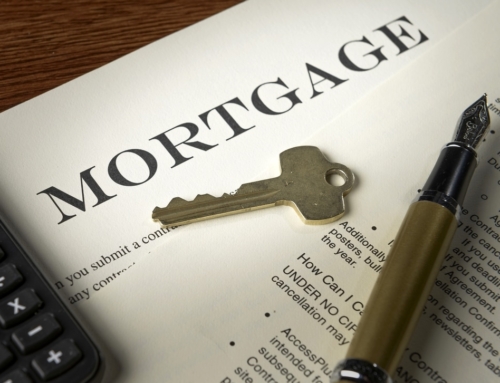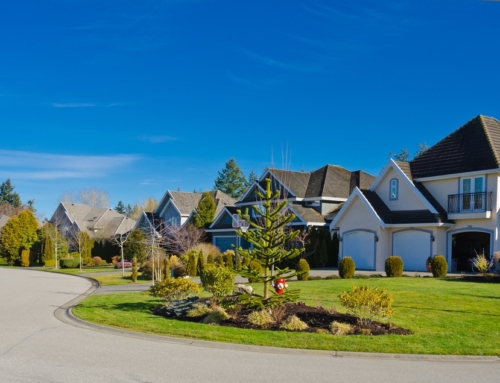If you’re trying to decide between getting a fixed rate loan or an adjustable rate mortgage (ARM), you need to consider two things: How long you plan to stay in your home (or keep your mortgage) and how afraid you are that interest rates will continue to rise.
The good news is that you have plenty of choices today when it comes to financing your home. While you can get a 30-year fixed-rate loan, or a 1-year ARM, there are plenty of hybrid loans that combine the best features of each.
Fixed-rate mortgages are terrific if you’re going to stay in your home for a long period of time. Or, if you have a limited or fixed income that will grow only modestly over the year. Or, if you can’t stomach the idea that your interest rate may vary.
ARMs are attractive to home buyers who need every ounce of help they can get to qualify for their loans. Since ARMs have a lower starting rate than fixed-rate mortgages, you’ll qualify for a larger mortgage. They’re also good if you don’t mind taking the risk that interest rates will move lower. If you’re right, you’ll save even more money.
Here’s a look at some of the recent “hybrid mortgage” inventions, that combine the steadiness of a fixed-rate loan with the risks and rewards of an ARM.
-Two-Step Mortgage
Two-step mortgages come in two varieties: convertible and nonconvertible. With a convertible two-step mortgage, also known as a 5/25 (“five-twenty-five”) or 7/23 (“seven-twenty-three”), the interest rate for the initial five or seven years is fixed. The loan then converts into a fixed-rate mortgage (at a different interest rate) for the remaining 25 or 23 years, respectively.
A nonconvertible two-step mortgage means that the 5/25 or 7/23 has a fixed interest rate for the first five or seven years, and then converts into a one-year adjustable rate mortgage that adjusts annually for the remaining 25 or 23 years of the loan term.
Who could benefit from a two-step mortgage? Home buyers who do not plan to stay in their homes for more than five or seven years could save thousands of dollars in interest by going with this type of loan, because the initial rate is generally lower than for fixed-rate loans.
Ideally, you’ll sell your home or refinance your mortgage either before or just after the rate adjusts upward. Historically, even if you stayed in your home for 10 years (and kept this 5/25 or 7/23 loan) you’d pay less than if you got a 30-year fixed rate loan.
-Longer-term ARMs.
When we think of an adjustable rate mortgage, we typically think of the 1-year variety, whose interest rate adjusts annually. But while ARMs also come in a 6-month variety, the more recent inventions include ARMs that adjust every 3, 5, 7 and even 10 years.
If you get a 10-year ARM that adjusts once every ten years, and you stay in your home for 30 years without ever refinancing, your loan will adjust only three times in 30 years. If you get a 5-year ARM, the loan will adjust just six times in 30 years.
The benefit to these longer-term ARMs, again, is that the interest rate is generally lower than if you got a 30-year fixed rate loan. However, the longer the initial term without an adjustment, the higher the interest rate.
So if you’re less-risky, you may go with a 10-year ARM. While that interest rate may be lower than a 30-year fixed rate loan, it will be higher than a 3-year ARM.
-Balloon Mortgages
A balloon mortgage is really one of the oldest kinds of mortgages. 50 years ago, before the invention of the 30-year fixed rate loan, if you wanted to buy a home, you got a balloon loan.
That meant you paid either interest and principal (or sometimes just interest only) for a period of years and at the end of the loan term, you’d owe the balance of the mortgage in one lump sum payment.
Today, you can get a balloon loan in nearly any length, but commonly you see 3-, 5-, 7-, or 15-year balloon loans. Again, the interest rate is lower the shorter the length of the loan, but you will have to either pay off the balance of the loan, or refinance your mortgage, by the end of the loan term.
These loans typically do not convert into a longer-term loan so you must plan ahead so you’re not caught unprepared.






Leave A Comment